Scellebelle and Zweigelt
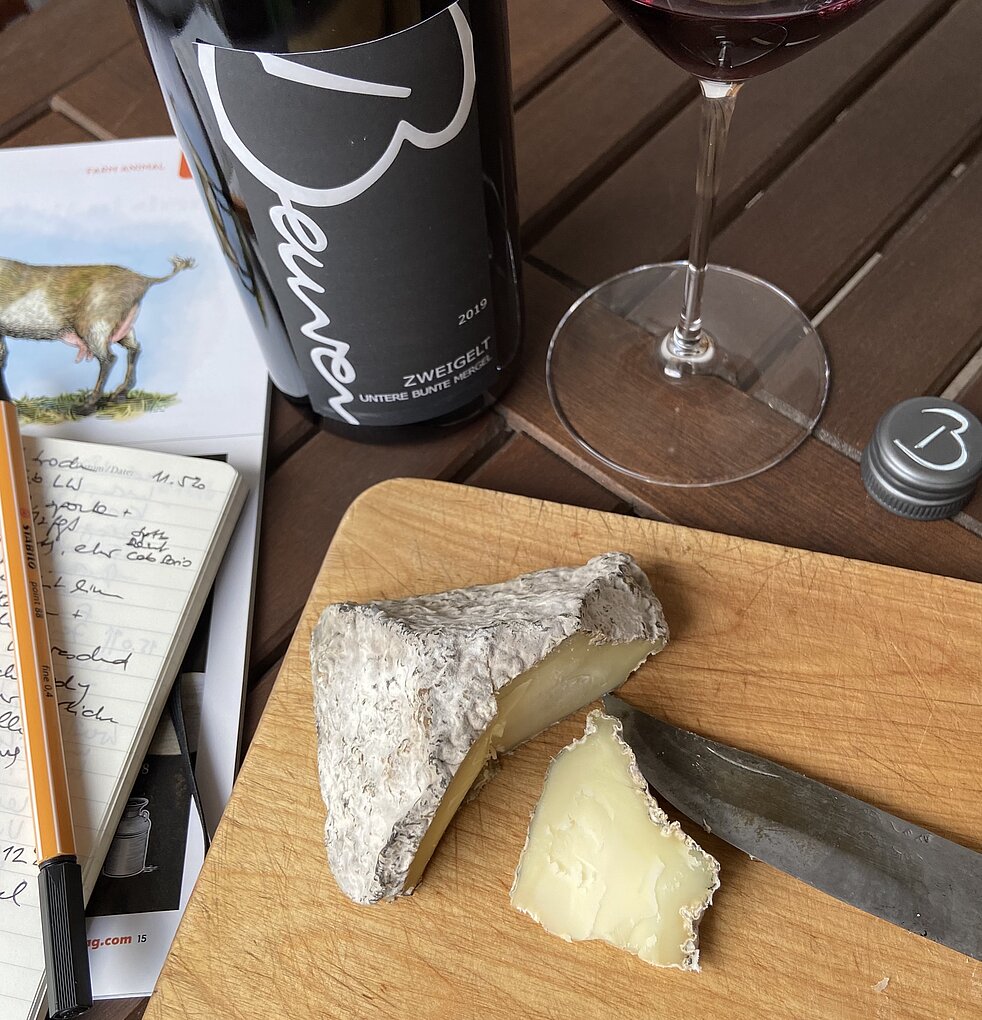
When Westphalia and Württemberg meet on the table good tastes are bound to happen.

When Westphalia and Württemberg meet on the table good tastes are bound to happen.
Ursula Heinzelmann is an independent scholar and food historian born, bred and based in Berlin, Germany. A trained chef, sommelier and ex-restaurateur, she works as a freelance wine and food writer, specializing in cheese. She has published a number of cookbooks, a food history of Germany, Beyond Bratwurst, as well as several books on cheese, and acted as area editor for the Oxford Companion to Cheese. She is the trustee director of the Oxford Symposium on Food and Cookery as well as curator of the Cheese Berlin festival.
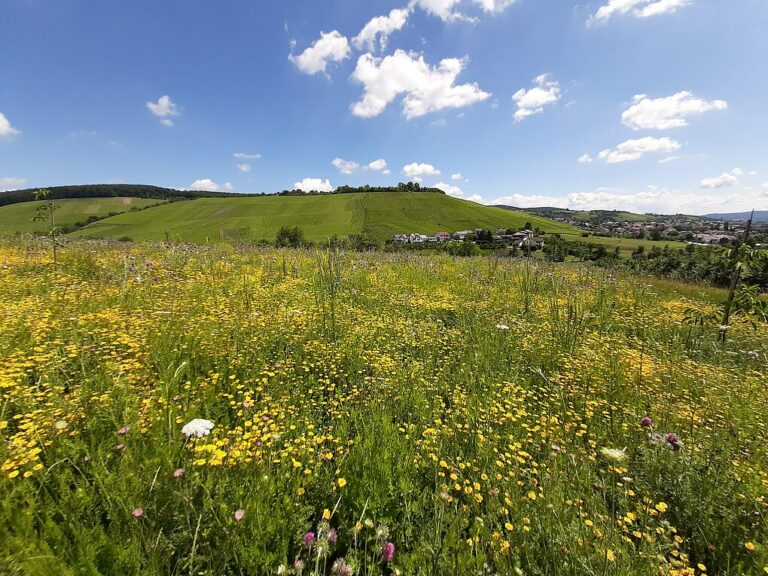
Germany offers a surprising array of rose wine styles. Elizabeth Gabay MW explores them here.
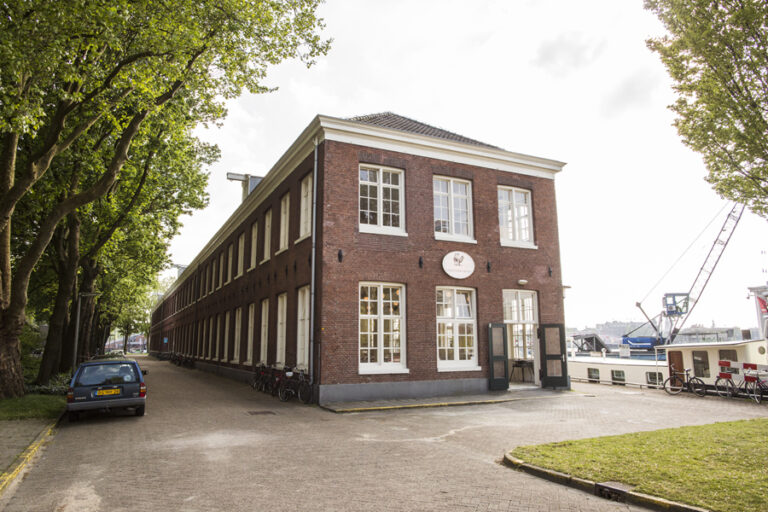
“When I started drinking wine, wine was French,” my father told me recently over dinner at Scheepskameel, a Dutch restaurant known for its excellent wine menu. He never spends more than 10 euro on a bottle, and rarely drinks white, but that evening he unexpectedly admitted, he preferred our glass of German Riesling to our bottle of red Bordeaux. A few days later, I hosted a Riesling tasting for some serious wine friends. They have accounts with posh traders and their own cellars, which are typically stocked with Burgundies and Bordeaux. They were impressed. But, I wondered, would they buy…...
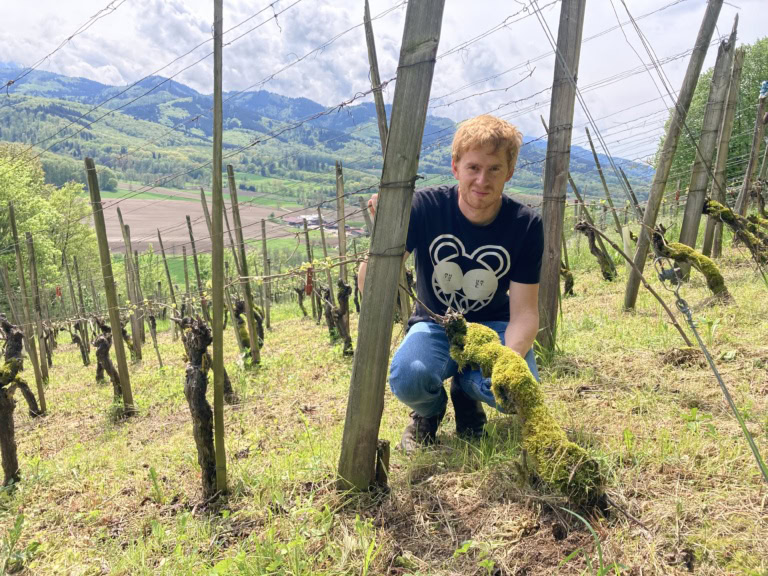
It is a landscape rife with charms and challenges: From their perch atop the Oberrotweiler Eichberg, on a long-dormant volcano that rises to 310 meters, Johannes Landerer and Jakob Moise can enjoy some of the finest views over the Kaiserstuhl and sprawling Rhine Basin in Baden. The early morning sun is quickly rising, but the Kaiserstuhl, normally a place of striking warmth, has seen an unusual amount of precipitation in the summer of 2024, leaving it greener than at any time in recent memory. But if this pair of Kaiserstuhl winegrowers agree on anything, it’s that this situation is likely…...
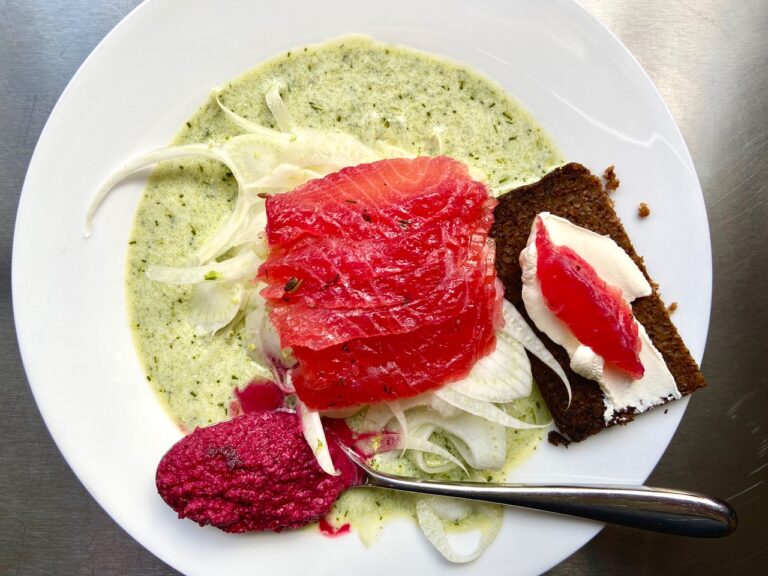
Curing fish is a bit like baking cakes: unless one follows a particular recipe to the letter, the final result inevitably contains an element or three of surprise. Once in the oven, once in the brine, the window for intervention has passed – leaving time and temperature as the only remaining levers. I clearly lack the discipline to work with exact measurements (thus explaining my ban from baking birthday cakes), but I do enjoy the imprecise, historical art of preserving food with salt. Think: classic Sauerkraut, southern German Surfleisch, or – well – salmon. This particular side of freshly caught salmon…...
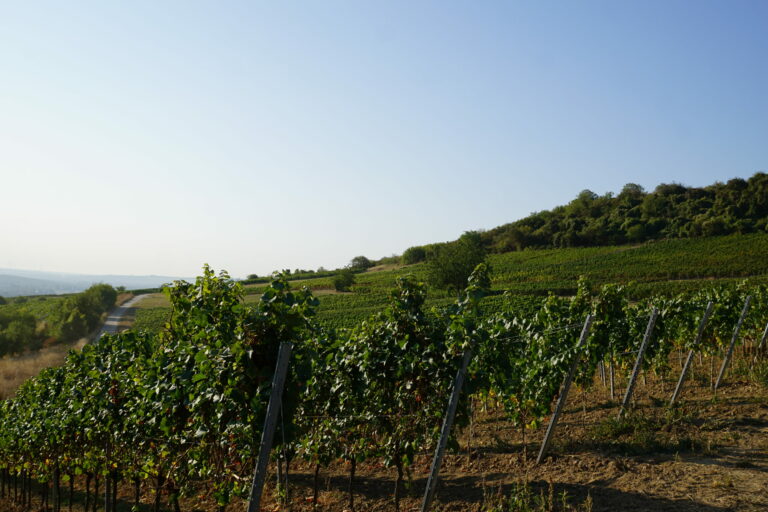
If there is an underdog in Germany’s largest winegrowing region, Rheinhessen, it is Scheurebe. Vinified sweet for many years, Scheurebe — pronounced SHOY-ray-beh — largely fell out of fashion. But things changed, and with the dry wine revolution in Germany over the last 20 years, Scheu is back, with — to quote Patti LaBelle — brand new ideas and a new attitude. “Scheu,” as aficionados like to call it, was bred by German viticulturist Justus Georg Scheu in 1916. Unhappy with the many highly acidic and sour Rieslings he encountered, Scheu (the man, not the grape) wanted to create a…...
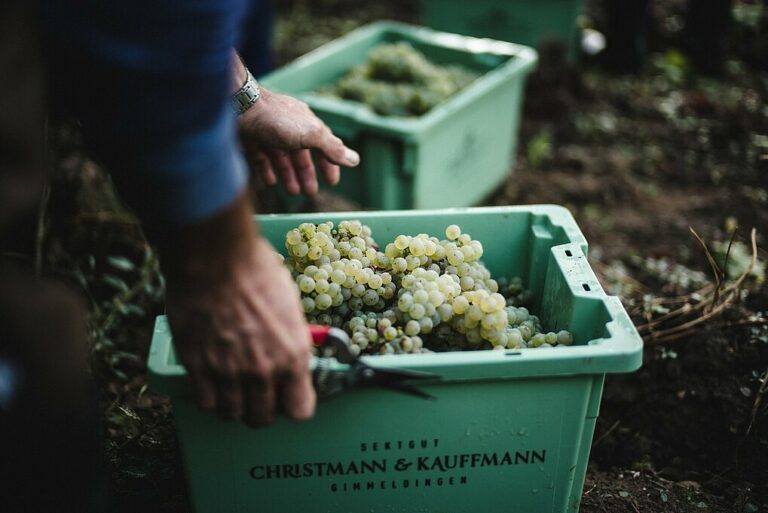
Champagne roots and Riesling blood: an interview with Pfalz's newest sektgut Christmann & Kauffmann.
Enjoy unlimited access to TRINK! | Subscribe Today